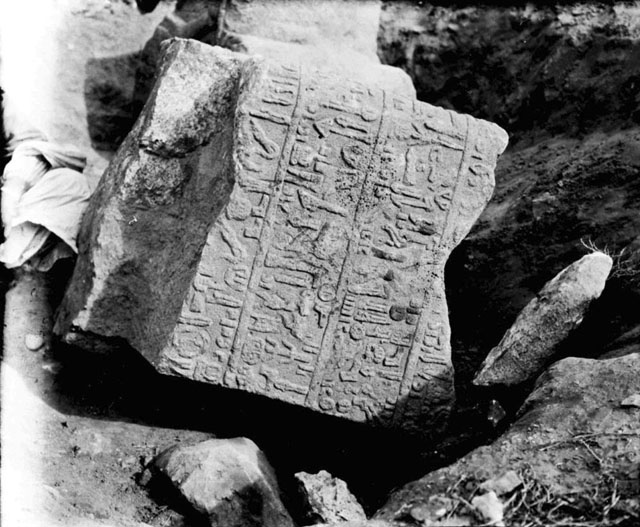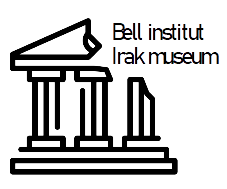Due to her familiarity and relations with the tribes in the area she had strong ideas about the leadership needed in Iraq. She spent the next ten months writing what was later considered a masterly official report, “Self Determination in Mesopotamia”.[31] The British Commissioner in Mesopotamia, Arnold Wilson, had different ideas of how Iraq should be run, preferring an Arab government to be under the influence of British officials who would retain real control, as he felt, from experience, that Mesopotamian populations were not yet ready to govern and administer the country efficiently and peacefully.
On 11 October 1920, Percy Cox returned to Baghdad and asked her to continue as Oriental Secretary, acting as liaison with the forthcoming Arab government. Bell essentially played the role of mediator between the Arab government and British officials. Bell often had to mediate between the various groups of Iraq including Shias in the southern region, Sunnis in central Iraq, and the Kurds, mostly in the northern region, who wished to be autonomous. Keeping these groups united was essential for political balance in Iraq and for British imperial interests. Iraq not only contained valuable resources in oil but would act as a buffer zone, with the help of Kurds in the north as a standing army in the region to protect against Turkey, Persia (Iran), and Syria. British officials in London, especially Churchill, were highly concerned about cutting heavy costs in the colonies, including the cost of quashing tribal infighting. Another important project for both the British and new Iraqi rulers was creating a new identity for these people so that they would identify themselves as one nation.[32]



